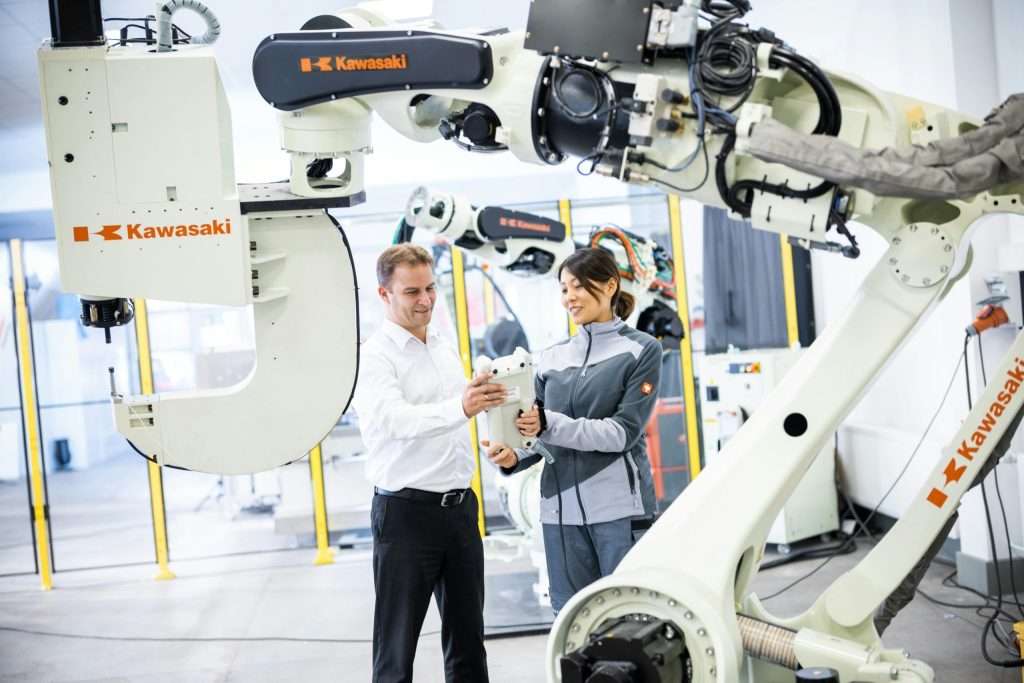As the labour shortage persists, companies are increasingly turning to robotics to fill the gap in warehouse staffing, with a focus on strategic deployment and integration into existing workflows.
Cost vs. Capability
The debate over the cost of robotics in warehouses has shifted significantly. Where cost was once a prohibitive factor, the average price of industrial robots has seen a substantial decrease from $70,000 in 2005 to an anticipated $10,000 by 2025. This price drop, coupled with technological advancements, has made robots like the new electrically powered models from Boston Dynamics, priced at $25,000, more accessible for warehouse operations.
Strategic Deployment
The critical consideration for companies is identifying the most effective applications for robotics within their operations. McKinsey’s research indicates that robots excel in tasks such as palletizing, packing, moving, storing, and loading goods. They are also increasingly seen as a solution for heavy lifting, complementing or even replacing the need for exoskeletons as lifting aids. The market now offers a diverse range of warehouse robots, each designed for specific tasks, from retrieving items to assisting order pickers, and not all resemble humanoid robots.
Overcoming Implementation Hurdles
Despite the benefits, the adoption of warehouse robots is hindered by limited experience in their implementation. A mere 14% of companies have hands-on experience with robotics in logistics, according to a McKinsey survey from 2022. The onboarding process for robots is crucial for staff acceptance and seamless integration into logistics processes. To humanize the technology and foster acceptance, some companies assign personal names to their mobile robots. Kate Darling of MIT suggests that robots should be viewed similarly to working animals, requiring training and instruction, emphasizing their role as a valuable addition to the workforce rather than a replacement.








